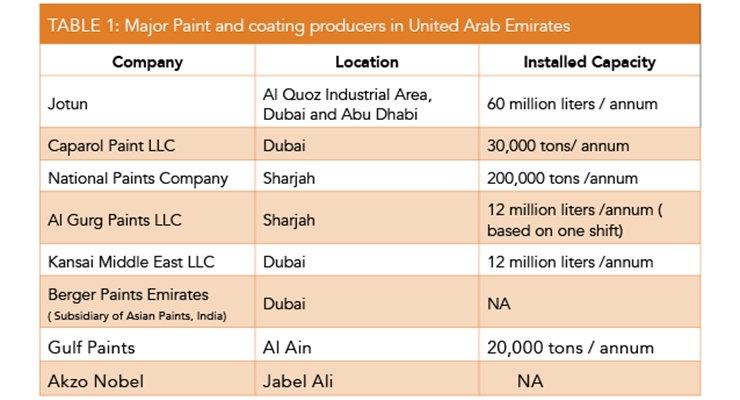Discover The Connection In Between Weather Aspects And The Success Of Your Outside Painting Task To Accomplish A Remarkable Outcome
Discover The Connection In Between Weather Aspects And The Success Of Your Outside Painting Task To Accomplish A Remarkable Outcome
Blog Article
Web Content Writer-Mclean Thuesen
Understanding just how weather can influence the outcome of an external painting undertaking is critical for accomplishing a flawless surface. From temperature fluctuations altering paint attachment to moisture levels affecting drying out times, each component of climate plays a substantial function in the success of your task. In please click the up coming post , wind rate and precipitation can introduce unanticipated difficulties that might endanger the quality of the result. As we browse through the nuances of climate's effect on external paint, it ends up being apparent that thorough planning and strategic timing are critical for making certain an expert and long lasting end result.
Ideal Temperature Variety for Paint
When considering external paint jobs, the perfect temperature variety plays a vital duty in accomplishing optimal results. Painting in the right temperature level problems ensures that the paint sticks correctly to the surface area, dries uniformly, and remedies efficiently. Generally, the suggested temperature range for external paint is between 50 to 85 degrees Fahrenheit.
Paint in temperature levels listed below 50 degrees Fahrenheit can lead to concerns such as bad paint bond, extended drying out times, and an enhanced chance of breaking or peeling.
On source web page , paint in temperature levels over 85 levels Fahrenheit can cause the paint to completely dry also rapidly, leading to blistering, gurgling, and an uneven coating.
To achieve the most effective results, it is vital to examine the weather prediction prior to starting an outside paint task. Preferably, objective to paint during light weather conditions with modest temperature levels and reduced humidity levels.
Impacts of Moisture on Paint Drying
Moisture degrees dramatically influence the drying process of paint related to exterior surface areas. High humidity can prolong the drying out time of paint, causing potential concerns such as leaking, streaking, or even the formation of bubbles on the repainted surface area. Excess moisture airborne slows down the evaporation of water from the paint, hindering the treating process. This is particularly troublesome for water-based paints, as they count on dissipation for drying.
On the other hand, low moisture levels can additionally impact paint drying out. Incredibly completely dry problems may trigger the paint to completely dry too promptly, leading to inadequate attachment and a rough coating. In such cases, including a paint conditioner or spraying a fine mist of water airborne can help control humidity levels and boost the painting result.
To ensure ideal drying problems, it is advisable to paint when the humidity levels range between 40% and 50%.
Tracking humidity levels and taking appropriate steps can aid achieve a smooth and resilient paint finish on outside surfaces.
Wind and Rainfall Considerations
Wind rate and precipitation are vital factors that dramatically affect the success of an exterior painting project.
When it pertains to wind, both speed and direction are crucial factors to consider. High wind rates can create paint to dry as well rapidly, leading to a substandard completed with prospective concerns like splitting or irregular texture. In addition, wind can bring particles that may follow the damp paint, resulting in blemishes. Consequently, painters should aim to work with days with light to moderate winds for optimal paint conditions.
On the other hand, rainfall, whether rainfall or snow, can be extremely damaging to the result of an external paint task. Wetness from rainfall can prevent paint bond, creating peeling off and bubbling over time. It is crucial to stay clear of painting throughout stormy or snowy weather to make certain the durability and quality of the paint job. Painters must likewise allow adequate time for the surface to dry extensively after any precipitation prior to beginning or resuming the painting procedure.
Verdict
To conclude, weather play a significant role in the outcome of an external painting task. The optimal temperature range, humidity levels, wind speed, and rainfall all contribute to the success or failing of the paint work.
It is vital to take into consideration these factors and plan accordingly to make certain appropriate paint bond, drying times, and total top quality of the ended up product.
